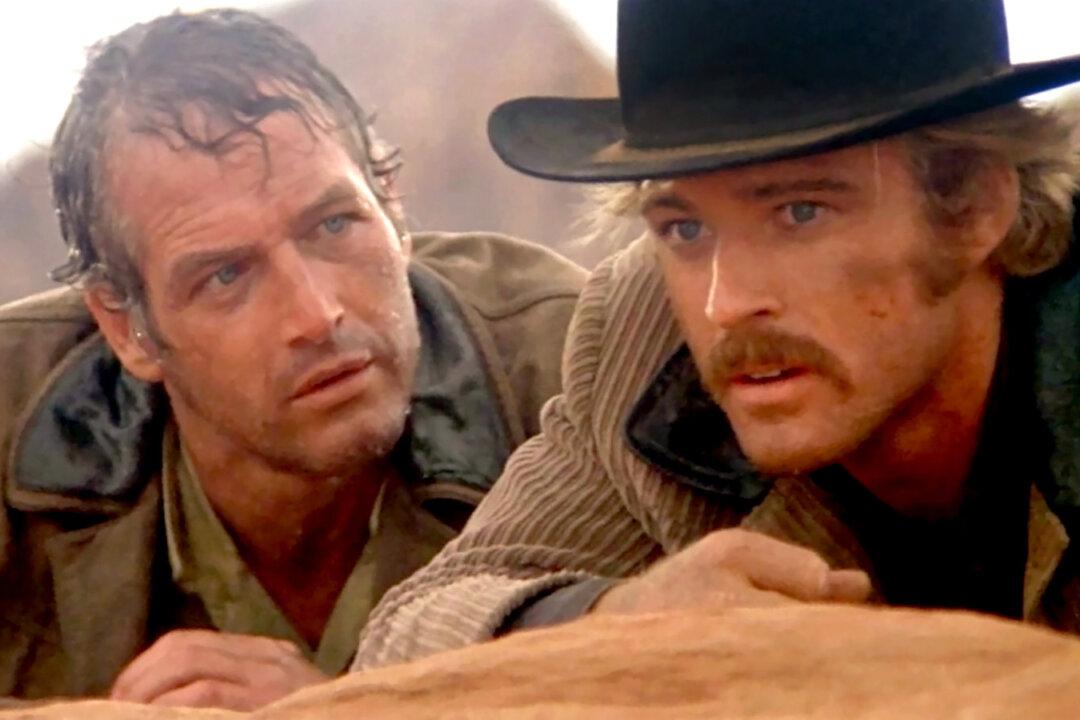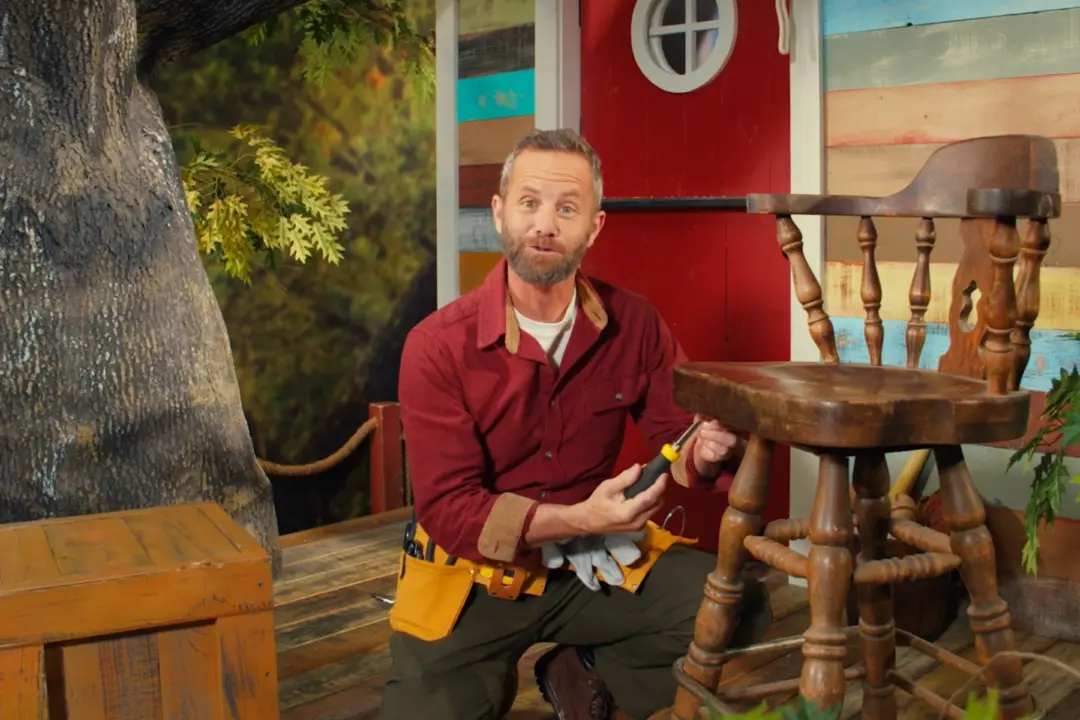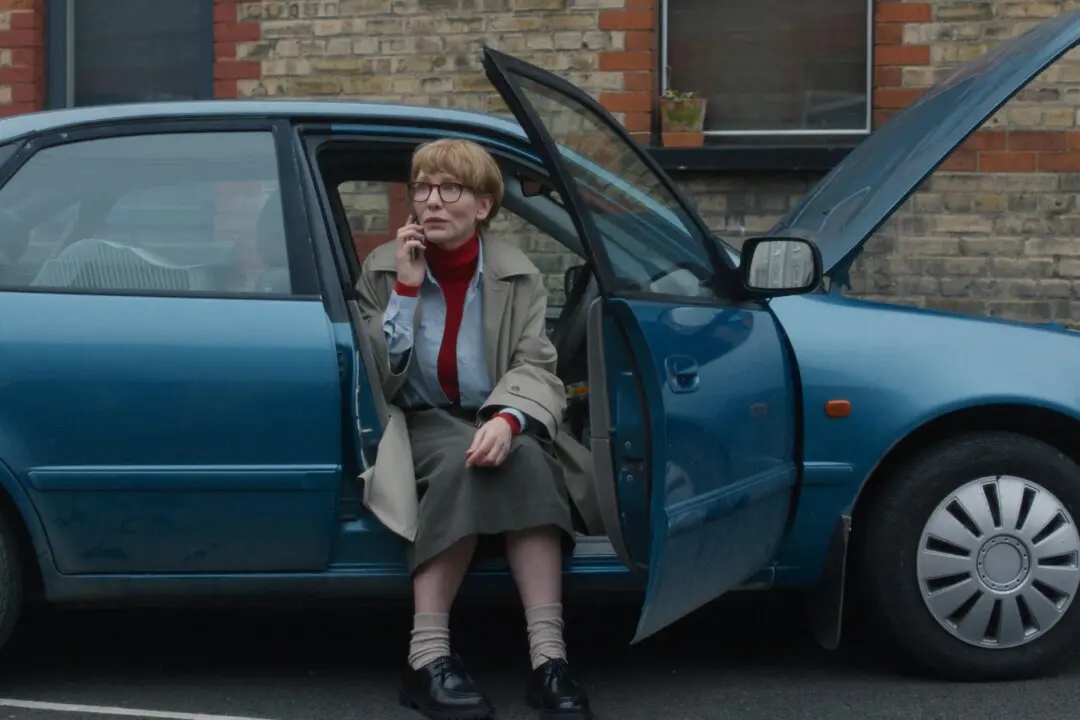PG | 1h 50m | Drama, Comedy, Action, Western, Historical Fiction | 1969
Released in the early fall of 1969, director George Roy Hill’s “Butch Cassidy and the Sundance Kid” (“Sundance”) is recognized by most critics and film historians as the first “American New Wave” Western.






